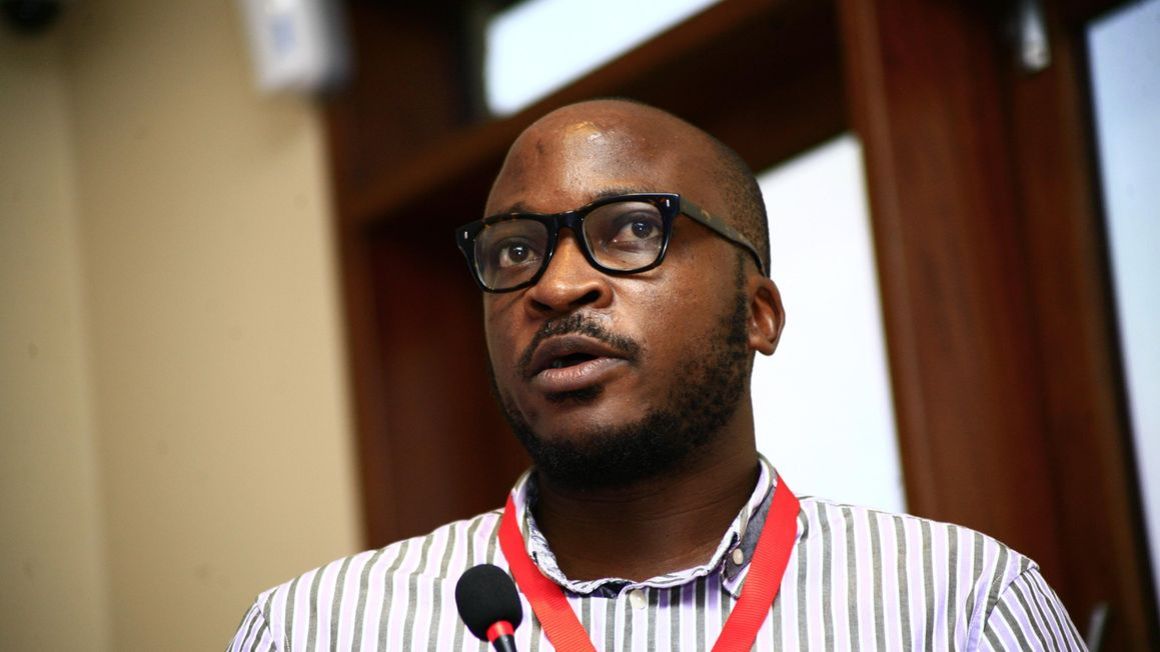Prime
Investment in food, nutrition security for vulnerable is key

Mr Patrick Kiconco Katabaazi
What you need to know:
- “ Stunted children are likely to grow into adults with diminished productivity and earning potential..."
An estimated 2.4 million Ugandan children are stunted (Unicef, 2015). This is more than the populations of Mukono, Gulu, Mbarara and Jinja districts, combined. The damage to these children cannot be undone.
As a result, for the rest of their lives, they will deal with reduced mental, and physical abilities. They will also have a diminished ability to fight diseases.
Stunting is just one of the manifestations of malnutrition. Stunted children are likely to grow into adults with diminished productivity and earning potential— a colossal loss to the economy.
A study by the African Union Commission, government and World Food Programme in 2013 revealed that Uganda lost the equivalent of 5.6 percent of GDP to costs related to child undernutrition in 2009, alone.
Unless we address the drivers of malnutrition these losses will continue holding back our vision of “a transformed society from a peasant to a modern prosperous country.”
Thanks to government, the third National Development Plan (NDPIII) articulates a framework for this transformation with a focus on human capital development. The goal of the NDPIII is to increase average household incomes and improve the quality of life of Ugandans in line with the Vision 2040.
Unlike its predecessors that overwhelmingly focused on infrastructure development, the NDPIII acknowledges the need to put people at the centre of their own social economic development with a focus on enabling households to rise out of poverty. In lay terms, this means investing in people.
For our children, investments in nutrition and food security ensure a great start in life. It is however necessary to recognise that children are born and raised in different circumstances. Some children are born and raised in poverty and vulnerability. This is the case for an estimated 23 percent of children who live in households below the poverty line. For these children who endure, several deprivations including hunger, government investments in nutrition and food security provide a lifeline.
In December 2021, the Uganda Parliamentary Forum on Social Protection witnessed the launch of a nutrition- focused programme in Arua.
The programme dubbed NutriCash is a component of the Child Sensitive Social Protection Programme. Its aim is to improve nutrition and health outcomes of vulnerable children and women.
During the launch, the First Lady Janet Museveni through a recorded message referred to the programme as “a life-giving programme that will open up the potential of the West Nile region.”
West Nile has some of the highest rates of stunting and anaemia in children and women in the country and the NutriCash Programme is timely for the region.
Yet, like most social protection programmes, NutriCash is donor funded, targets only a fraction of the region and is time-bound.
Expanding NutriCash and similar programmes such as the Northern Uganda Social Action Fund , and the Social Assistance Grant for Empowerment to cover more vulnerable Ugandans for maximum impact requires unequivocal political will and increased and sustained financing by the government.
Today, government allocates less than one percent of GDP to social protection programmes that support the most vulnerable. Evidence indicates that investing so little costs us more down the line in lost productivity, healthcare costs, and loss of lives.
While government has done a great job putting in place the requisite policies to protect the vulnerable, it must walk the talk by committing the necessary resources.
The author, Mr Patrick Kiconco Katabaazi, is coordinator Uganda Parliamentary Forum on Social Protection




